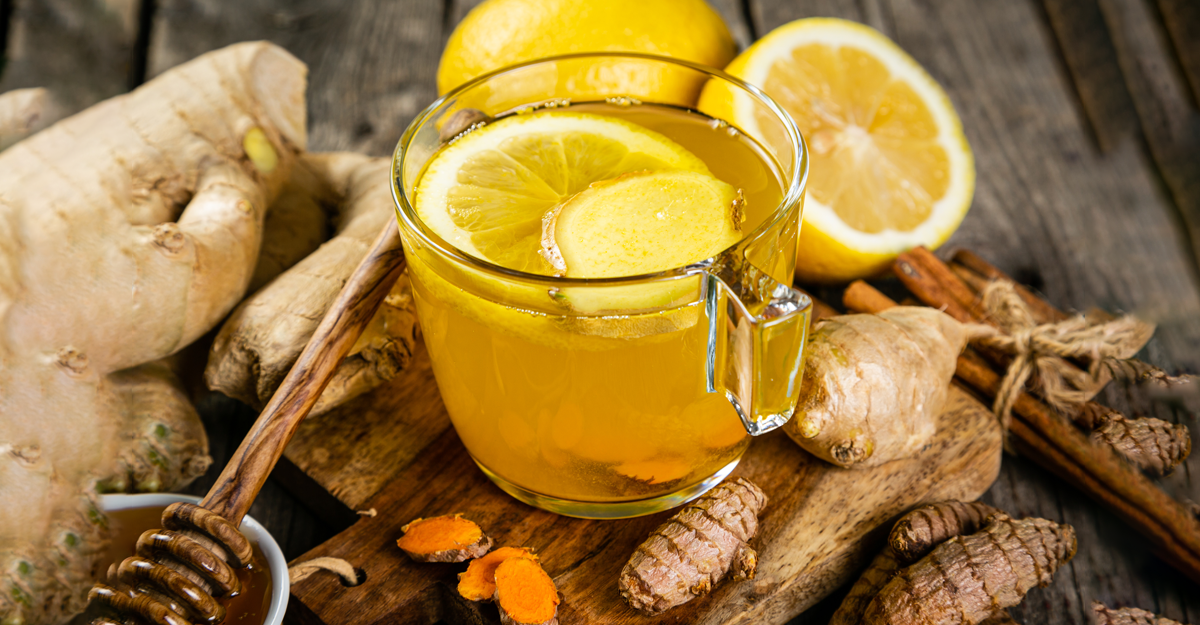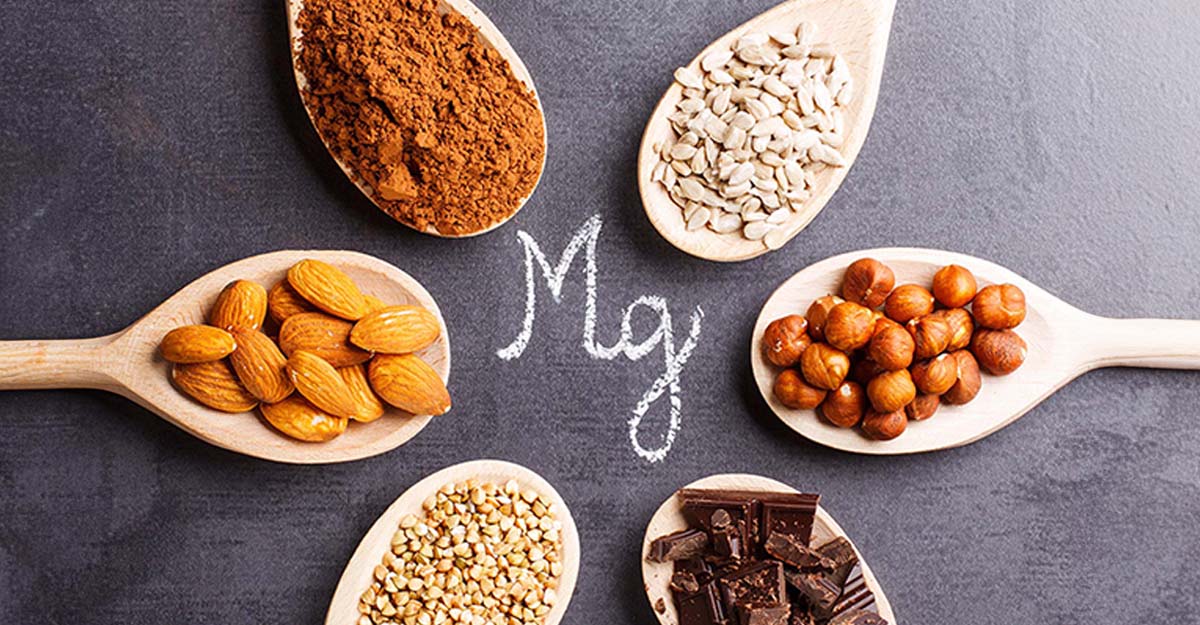
It’s no surprise that Curamin and CuraMed are two of our best selling supplements – our customers love them.
If you read our post on Curamin Benefits, you’ll see there’s not enough we can say about the benefits of the BCM-95® curcumin found in Curamin and Curamed.
There’s just one problem – we find our customers get confused about which one they should take.
If you’re new to either of these products, it might help you understand why so many people take curcumin. Curcumin is an amazing compound of the spice turmeric.
BCM-95® curcumin is not your average curcumin. The downside to most curcumin products is they aren’t absorbed in the bloodstream very well. BCM-95® is a scientifically researched and developed, highly absorbable form of curcumin. Studies show blood levels following ingestion of BCM-95 are up to 10 times higher than other curcumin products. When you’re in pain, that matters!
My favorite resource for curcumin information and scientific validation is the book Curcumin: The 21st Century Cure, by Jan McBarron, MD, ND. She’s a medical and naturopathic doctor, and co-host of the #1 health talk show in the nation, Duke & the Doctor. The book documents how BCM-95® curcumin may be helpful for people with a wide variety of health issues – some of them quite serious.
BCM-95® curcumin is the key ingredient in both Curamin and CuraMed. There’s plenty of solid scientific data surrounding this ingredient’s potential. You can read a about of a few of the studies surrounding BCM-95® on PubMed.
Unique Proprietary Blends
In nature, many things work better in synergy. This is why each product has a unique proprietary blend. Understanding this will help you make an informed decision about which product to choose.
Curamin is made with curcumin and boswellia. Studies cited in GreenMedInfo.com, show boswellia stands on its own, but when combined with curcumin, you have a natural, pain-fighting dynamic duo.
CuraMed is made with curcumin, phospholipids and turmeric essential oil. Phospholipids are a type of fat (lipids) and your cell walls are made up of lipids. They repair and maintain your cells and allow nutrients to enter your cells.
Along with the turmeric essential oil, the phospholipids deliver more beneficial curcumin throughout your entire body. Essentially, these are ingredients that make it easier for your body to absorb and use curcumin. Absorption is critical to getting the results you need.
When to Take Curamin
The easiest way I remember from my Europharma training is, when you think Curamin – think PAIN! If you are hurting, you can try Curamin.
Here are a few examples of when to reach for the Curamin:
- Achy muscles from exercise or overuse
- Occasional tough headaches
- Temporary joint pain and stiffness
- Sprains and strains
- Backache or shoulder pain
If you’re experiencing occasional joint stiffness or you spent too much time at the gym or the garden, Curamin could bring you some relief.
When to Take CuraMed
My tip for knowing when to take CuraMed is to think protection and maintenance of overall good health. Unlike Curamin, which you’d use when you have temporary discomfort, CuraMed can become a regular part of your supplementation plan. People tend to take it as part of a daily routine.
I take CuraMed every day. Because of family history, I’m at higher risk for certain conditions, and I believe this is a supplement that can help me maintain my health.
Some people may find it useful for things like boosting mood on a daily basis, keeping digestive distress at bay, providing ongoing support for cardiovascular health and even helping a healthy mind stay sharp as you age.
The big difference between Curamin and CuraMed is that Curamin is intended for occasional relief while CuraMed may be better-suited as a dietary supplement you take regularly.
If you’re still unsure about which one is right for you, talk to a healthcare practitioner you trust.
How Do You Know if You Have a Problem with Inflammation?
Inflammation is a natural bodily response to things like overuse, injury and infection. In fact, it’s actually an immune system response.
But it’s no secret that, when left unchecked, inflammation is also at the root of many different health concerns. That includes everything from minor aches and pains to much more serious problems.
When you have sore muscles from working out, you can feel that temporary pain and inflammation. But there’s also something called “silent inflammation” or “hidden inflammation.” It could be happening to your body and you don’t even realize it. That’s what often leads to chronic health conditions.
An online medical glossary defines silent inflammation as…
“…insidious inflammation that remains below the threshold of perceived pain, while reeking havoc in one’s body for years. The latest research has linked silent inflammation to the causes of chronic diseases, including heart disease, cancer, type-II diabetes, autoimmune diseases and Alzheimer’s disease.”
So how do you know if inflammation is behind your troubles?
Finding out is actually easier than you think. Here are three tests/procedures that will show evidence of inflammation:
1)Â Â Â Â Â Thermogram (aka- Digital Infrared Thermal Imaging). You can learn more from our friends at Radiant Health Imaging, but it is the ultimate in early detection. This non-invasive procedure detects inflammation within the body. It can also monitor subtle physiological changes that accompany breast pathology such as fibrocystic disease, hormonal imbalances, lymphatic congestion, vascular disease, and cancer.
2)     C-reactive protein test done at your doctor’s office. C-reactive protein is a protein found in the blood that indicates the presence of inflammation. It won’t tell you where the inflammation is in the body, but it will let you know that you have inflammation. Elevated levels of C-reactive protein can be an indicator for potential heart problems. If your doctor won’t order it for you and you want to know, you can get one through the Life Extension Foundation.
3)Â Â Â Â Â Get a food sensitivity/allergy test. If you have allergies, you have inflammation. Many times people are sensitive to foods and they don’t even know it or don’t recognize the symptoms. Depending on the test you need, you may not need a doctor’s prescription to get tested for allergies. Millions of people have undiagnosed gluten intolerance, Celiac disease or other autoimmune diseases and this is a recipe for disaster.
4)Â Â Â Â Â Red light therapy can be used to decrease inflammation and improve joint and muscoskeletah health.
If you have IBS, colitis, or any other abdominal issues, you will undoubtedly have inflammation. This is nothing to mess around with. Remember the explanation of silent inflammation above?
Finally, it might surprise you to learn that depression is another sign of hidden inflammation. This article from Dr. Mercola explains some research has demonstrated that depression is frequently associated with gastrointestinal inflammations and autoimmune diseases, as well as with other ailments in which chronic low-grade inflammation is a significant contributing factor.
More About Curcumin Products and the Terry Naturally Brand
We’ve written quite a bit about this topic on our blog. Below you’ll find links to other related posts and articles:
- The Difference Between Turmeric and Curcumin
- 6 Tasty Turmeric Recipes
- Terry Lemerond – Natural Health Hero
- More About Terry Naturally
Natural Healthy Concepts carries all the sizes and varieties of the Curamin and CuraMed products. In case you’re wondering, you can take Curamin and CuraMed at the same time. But it’s always smart to discuss the supplements you take with a healthcare professional.
Now that we’ve cleared up the confusion of which one to take and when are you ready to give it a try?
 Resources and References:
- http://www.psychologytoday.com/blog/the-breakthrough-depression-solution/201111/the-brain-fire-inflammation-and-depression
- Can Inflammation in this Organ be at the Root of Your Depression?
- Is Your Body Burning Up With Hidden Inflammation?
- http://www.webmd.com/a-to-z-guides/c-reactive-protein-crp
- Save yourself from the hidden killer, ‘silent inflammation’
- http://www.radianthealthimaging.com/
* These statements have not been evaluated by the Food and Drug Administration. The products mentioned are not intended to diagnose, treat, cure, or prevent any disease.






